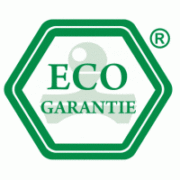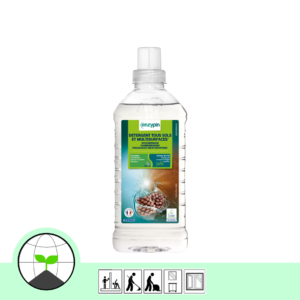There are many different products on the markets, which are labelled or certified by some organization or group in accordance with their instructions and criteria. In Europe, there are at least twenty different labels, most of which are used in agriculture, cattle breeding, and food industries. The so-called natural products are also used in the field of cosmetics and hygiene.
For each label, certain criteria have been developed for the different groups of products, to which the products must comply in order to apply for the label. These criteria are updated from time to time and new ones are added.
The European detergent market has four distinct labels:
















